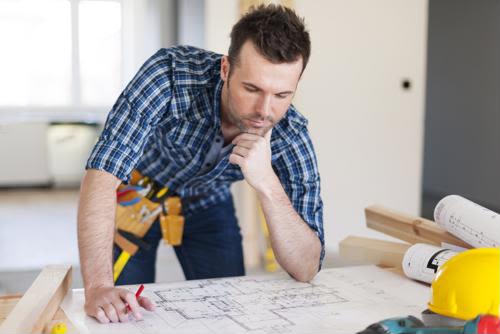- Home
- Resources
- Amerhart Insider Blog
- Construction & Design Trends
- Get Inspired: Universal Design In Action
Get Inspired: Universal Design In Action
Here's a look at Universal Design principles in action. Use these progressive projects and resources to get inspired and make a positive difference in the quality of life in your community.
How Architects Design For An Aging Population
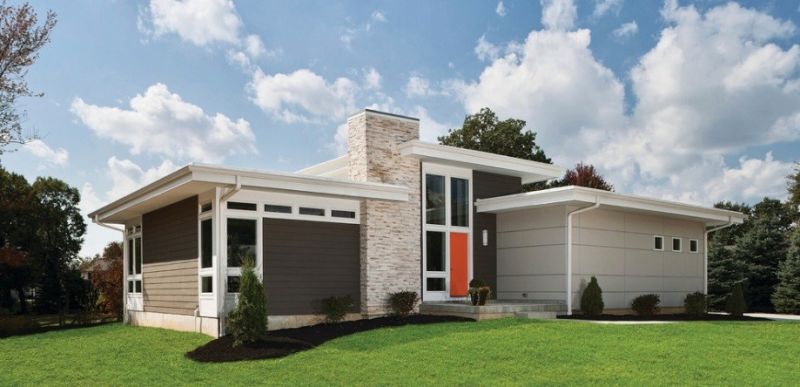 The aging population prefers smaller homes with little to no-step entries. Image Source: Leland Grp
The aging population prefers smaller homes with little to no-step entries. Image Source: Leland Grp
The growth in the number of adults 65 years and older will double over the next 25 years. This statistic creates a demographic that is unprecedented in America's history, as stated in The State of Aging and Health in America.
What happens when 20% of the population is elderly? What are the consequences of this growing statistic?
Of course, there are a lot of possible outcomes to an increased population of seniors – with health care costs topping this list. But what about housing those whose mobility may be challenged? What does the aging population require in terms of living arrangements and accommodations?
Architects have a whole new role to fill when it comes to designing for this demographic. With a set of unique living standards and needs – Architects have found themselves meeting new and exciting design challenges for seniors, and they are inventing fresh blueprints that are modern and ingenious.
Here we will look at how architects are meeting this unprecedented demand in design for an aging population:
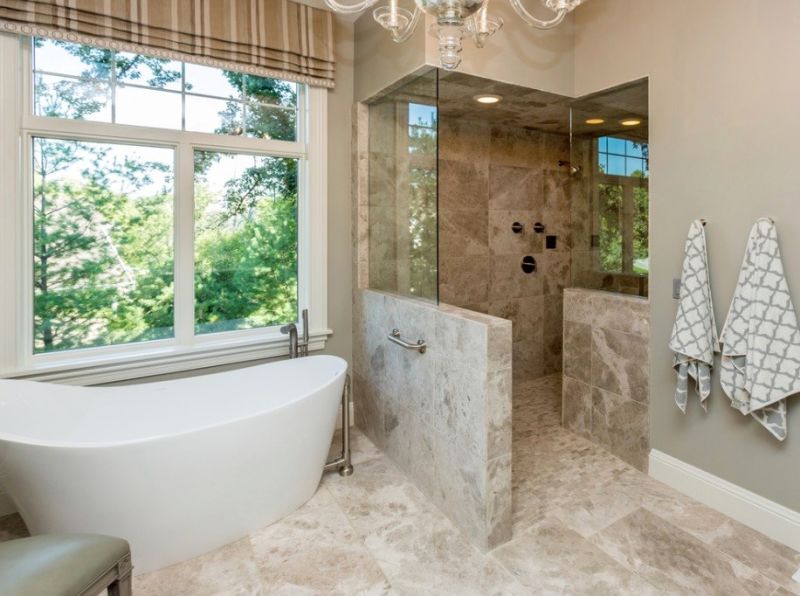 Mobility and accessibility are paramount in a seniors home design. This open shower is wheelchair accessible. Image Source: The Mansion-Interiors
Mobility and accessibility are paramount in a seniors home design. This open shower is wheelchair accessible. Image Source: The Mansion-Interiors
Designs to Aid Mobility
Architect, David Dillard, had the right idea when he asked some of his designers to move into a retirement home to get first-hand knowledge of the living struggles that the elderly encounter on a day-to-day basis. This is the kind of thoughtful innovation that architects will require in order to understand the needs of the aging population and how best to meet those needs.
Mobility is one of the bigger challenges that designers face. In order to make a home more accessible, architects are creating designs that are stair-free; designs with larger hallways or more open floor plans; designs with wider doorways; designs with no-step entries; designs with lower sinks and safety showers& bathtubs, and even designs with wireless video monitoring so that relatives can catch falls or trouble.
Ingenuity is a must! The architects that embrace new designs and ideas are the ones who will succeed in this increasing niche of home design.
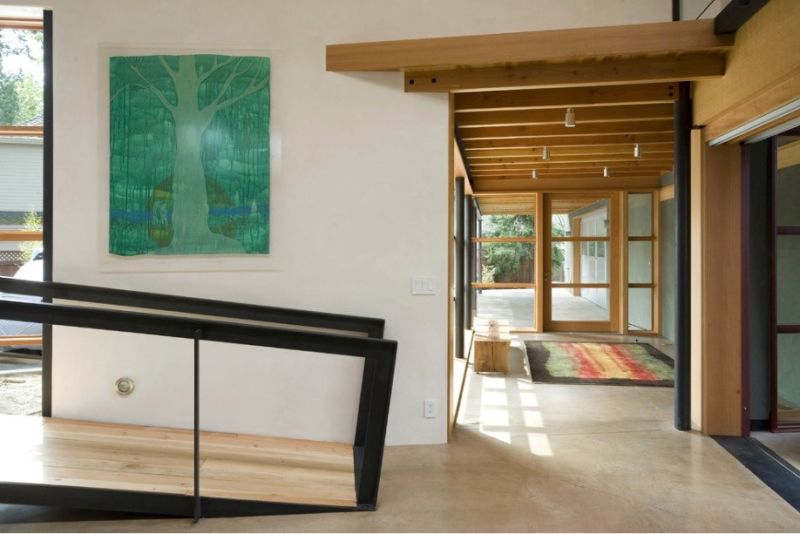 Wheelchair accessibility is a common design request. Image Source: Balance Associates
Wheelchair accessibility is a common design request. Image Source: Balance Associates
Remodeling Homes For The Elderly
Just because one gets older doesn't imply a willingness to give up independence. More often than not, the aging population is choosing to age in place. This means that sometimes designers and architects need to work within the confines of current home plans – devising ways to remodel the current home into a safer, more functional one for the elderly.
Remodeling may require tear-down of walls in order to allow for a more open floor plan with fewer obstructions; it may also require new lighting systems and new, larger windows in order to optimize the homes lighting.
Overall, aging in place requires thoughtful consideration into the changes your home requires in order to make it safe and enjoyable. This article on Aging in Place offers a lot of great ideas for home remodeling, allowing the elderly to enjoy many years to come in their current home.
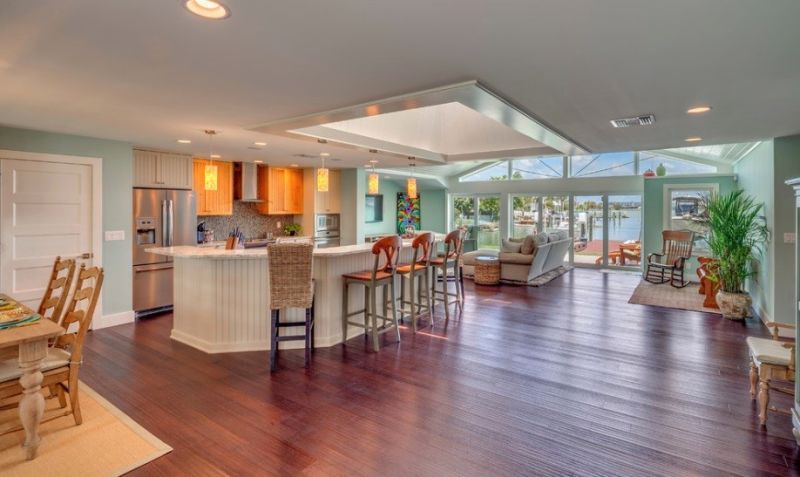 Remodeling a home for seniors may require designing a more open floor plan such as this one. Image Source: HFD Architects
Remodeling a home for seniors may require designing a more open floor plan such as this one. Image Source: HFD Architects
Lighting A Home For Seniors
Lighting for the elderly is something new for architects and lighting designers to consider, especially since poor lighting can lead to accidents and falls. As people age they experience a plethora of vision problems from macular degeneration, neuro-degeneration and reduced retinal illuminance (essentially, smaller pupils and a thicker eye lens causes everything to appear less vivid and bright).
Designer, Eunice Noelle-Waggoner, offers some great tips on lighting design for seniors. Waggoner points out that seniors have a whole other idea of what is attractive and functional when it comes to optimal lighting. Seniors prefer light sources that are shielded with a shade as it tones down on harsh glare, and they prefer overall ambient light versus dramatic high-contrast lighting. Most importantly, high-quality light is needed throughout the home – LED or fluorescent light bulbs are probably best, and large windows are a must.
Overall, seniors need more light to make their homes functional. The home should be well-lit along the walls, ceilings, hallways and stairs – ensuring unobstructed views and optimal safety.
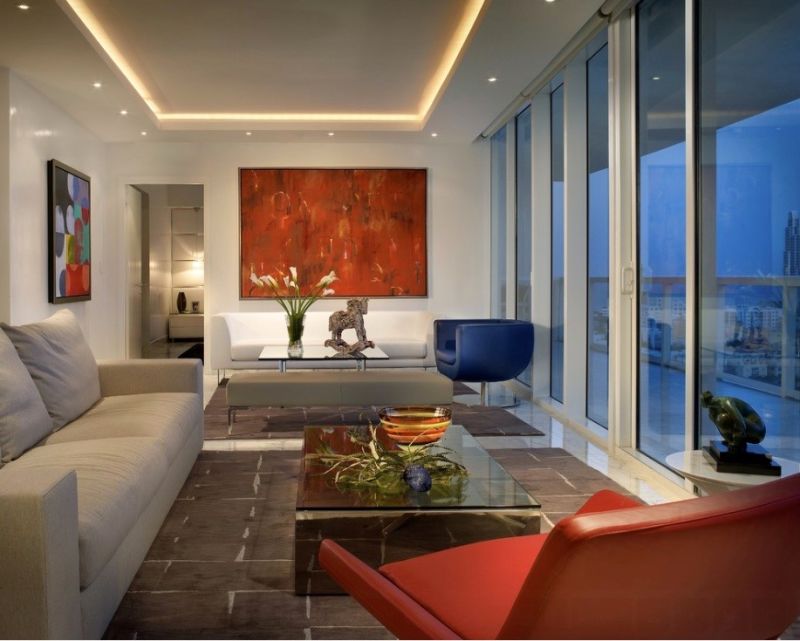 Seniors prefer overall ambient lighting versus dramatic contrasting light, and big windows are a must. Image Source: Pepe Calderin Design
Seniors prefer overall ambient lighting versus dramatic contrasting light, and big windows are a must. Image Source: Pepe Calderin Design
Color Designs For The Elderly
As we discussed above, as people age their eyesight declines. The good news is that the colors used within a home can actually help improve a seniors visibility.
High contrast colors can really help someone with poor eyesight – for example, a darker color on the bathroom walls allows for a senior to easily see the white toilet seat or white porcelain sink.
Color also affects mood. Seniors can become depressed or lonesome as they begin to feel shut-off from the outside world. Soft pinks and greens can help you feel at peace, while red and orange can improve energy levels. What a simple solution that can have profound effects! Overall, color can greatly increase the joy that seniors feel within their home, so consider adding this tool to your senior living plan.
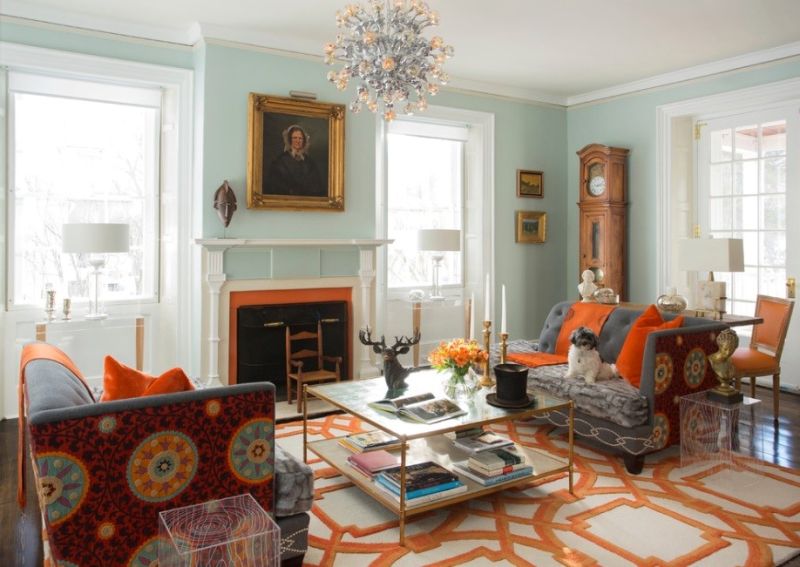 Color affects mood. Pale green walls make you calm, while the contrasting colors allowing for high visibility. Image Source: Favre Au Design
Color affects mood. Pale green walls make you calm, while the contrasting colors allowing for high visibility. Image Source: Favre Au Design
The senior population is readying to double over the next 25 years, so modified home design that improves quality of life will be something on every architects radar. Architects need to design for the aging population with inventive ideas that aid in mobility and ease of use.
Through proper lighting, designs that optimize mobility, and remodeling plans that make a home functional – seniors can happily age in place throughout their retirement years.














